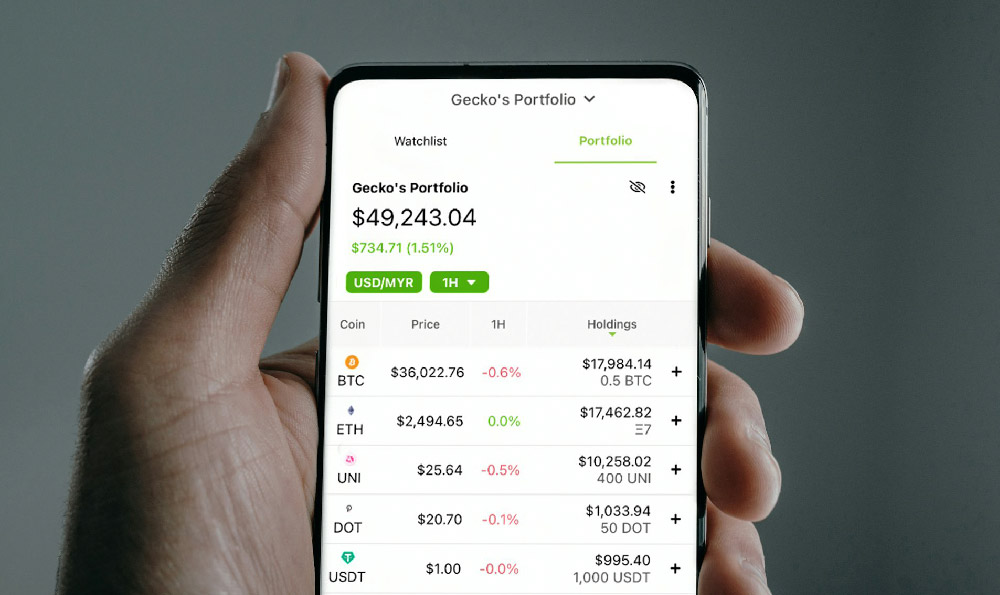
Let's delve into the fascinating world of how phone apps generate revenue and the prevalent monetization strategies they employ. It’s a complex landscape, constantly evolving with shifts in user behavior and technological advancements. Understanding these mechanisms is crucial for app developers, entrepreneurs, and even consumers to navigate the app ecosystem effectively.
The most direct and perhaps most familiar revenue stream for apps is through direct sales, often categorized as premium or paid apps. In this model, users pay a one-time fee to download and use the application. This strategy works best for apps offering unique, highly valuable, and readily apparent benefits. Think of specialized professional tools like advanced photo editors or niche productivity apps. The challenge lies in convincing users to pay upfront when a plethora of free or freemium alternatives exist. Therefore, paid apps need to demonstrably offer superior functionality, a more seamless user experience, or a compelling niche appeal.
Moving beyond direct sales, the freemium model has become a dominant force. Freemium apps offer a basic version of the application for free, attracting a large user base. Revenue is then generated by offering premium features, content, or services through in-app purchases. This model allows users to experience the value of the app before committing financially. Common examples include unlocking advanced game levels, removing ads, or accessing exclusive tools. The key to success in the freemium model lies in striking a delicate balance. The free version must be compelling enough to attract users, but the premium features must be sufficiently desirable to incentivize upgrades. Careful consideration needs to be given to what is offered for free and what is reserved for paying customers. Overly restrictive free versions can deter new users, while insufficiently enticing premium features will leave users with no incentive to upgrade.

Advertisements represent another significant revenue stream, especially for apps that offer a free service or extensive free content. App developers integrate ads into their application, generating revenue based on ad impressions, clicks, or conversions. Several ad formats are available, including banner ads, interstitial ads, rewarded video ads, and native ads. Banner ads are typically small and displayed at the top or bottom of the screen. Interstitial ads are full-screen ads that appear between screens or activities. Rewarded video ads offer users in-app rewards for watching a video ad, a strategy particularly popular in gaming apps. Native ads are designed to blend seamlessly with the app's content and user interface, aiming to provide a less intrusive advertising experience. The challenge with advertisements is to balance revenue generation with user experience. Excessive or poorly placed ads can be disruptive and lead to user frustration and churn. Strategic ad placement and targeting are crucial to maximize revenue without alienating users. User segmentation and targeting based on demographics, interests, and behavior can significantly improve ad effectiveness and user acceptance.
Subscription models are increasingly prevalent, offering recurring revenue streams for app developers. Users pay a recurring fee, typically monthly or annually, to access premium features, content, or services. This model is well-suited for apps that provide ongoing value, such as streaming services, news apps, fitness apps, and productivity tools. The success of a subscription model hinges on providing consistent value and keeping users engaged. Regular content updates, new features, and excellent customer support are essential to retain subscribers. Churn rate is a critical metric to monitor, and strategies should be implemented to reduce churn, such as offering loyalty rewards or personalized content recommendations.
Affiliate marketing presents another avenue for revenue generation. In this model, app developers partner with businesses and promote their products or services within the app. The app developer earns a commission for each sale or lead generated through the app. Affiliate marketing can be a lucrative strategy for apps with a highly engaged user base and a clear alignment between the app's content and the promoted products or services. Transparency is crucial in affiliate marketing. Users should be clearly informed when they are clicking on an affiliate link or being presented with an affiliate offer.
Data monetization, while potentially lucrative, is a sensitive area that requires careful consideration of privacy and ethical implications. App developers can collect user data, such as demographics, location, and usage patterns, and sell this data to third parties for advertising or market research purposes. However, it's absolutely crucial to obtain explicit user consent before collecting and sharing any personal data. Compliance with data privacy regulations, such as GDPR and CCPA, is paramount. Lack of transparency and disregard for user privacy can severely damage an app's reputation and lead to legal consequences.
In-app purchases of virtual goods are a staple of many mobile games and some social apps. Users purchase virtual items, such as cosmetic enhancements, power-ups, or virtual currency, to enhance their gaming experience or personalize their profiles. The success of this model depends on creating virtual items that are desirable and perceived as valuable by users. Scarcity and exclusivity can play a significant role in driving sales of virtual goods.
Finally, sponsorship and partnerships can provide significant revenue opportunities. App developers can partner with brands to create sponsored content, offer exclusive promotions, or integrate brand messaging into the app experience. This requires careful alignment between the app's target audience and the brand's target market.
In conclusion, the monetization of phone apps is a multifaceted process requiring a thorough understanding of user behavior, market trends, and ethical considerations. No single monetization strategy is universally effective. The optimal approach depends on the app's specific characteristics, target audience, and value proposition. A diversified approach, combining multiple monetization strategies, is often the most effective way to maximize revenue while maintaining a positive user experience. Constant monitoring, analysis, and adaptation are crucial to success in the ever-evolving world of mobile app monetization.





